Skip to product information
-
Media gallery 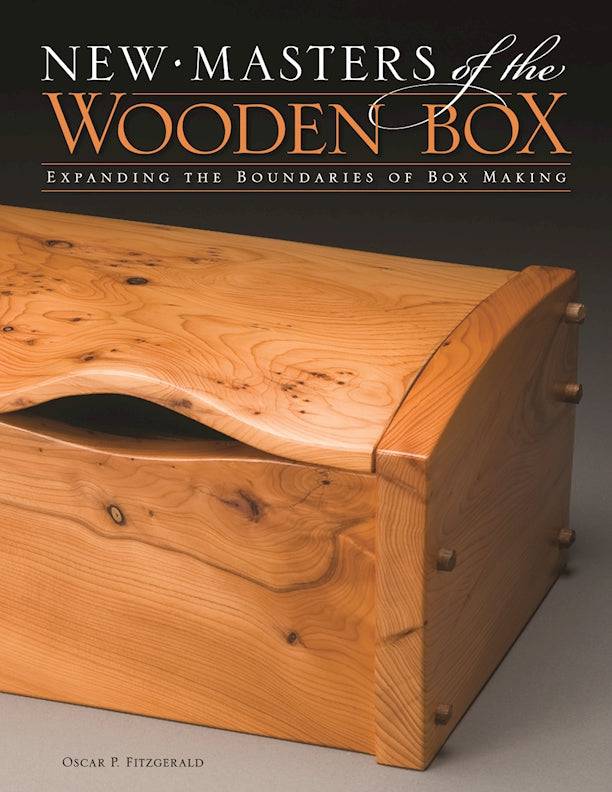 Media gallery
Media gallery
-
Media gallery 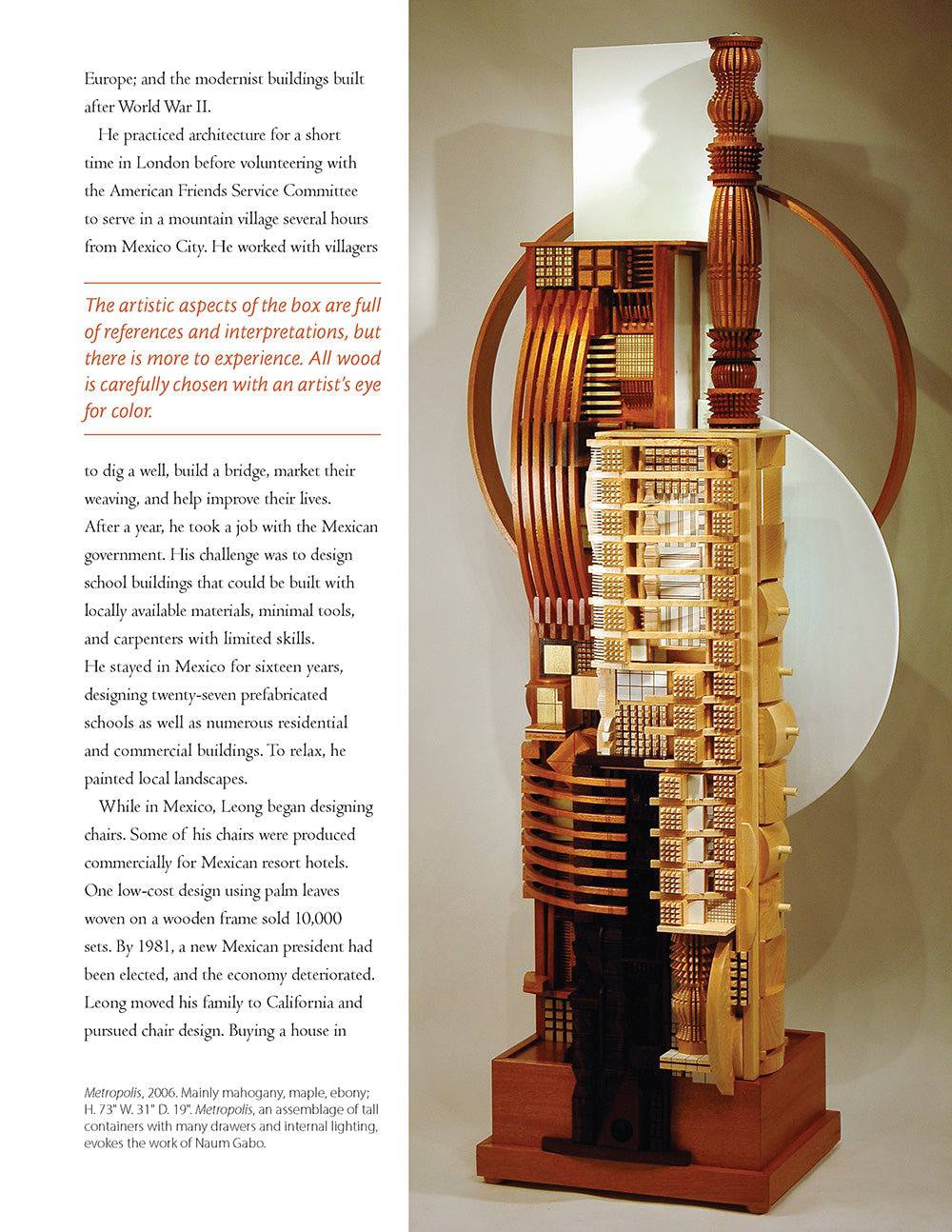 Media gallery
Media gallery
-
Media gallery 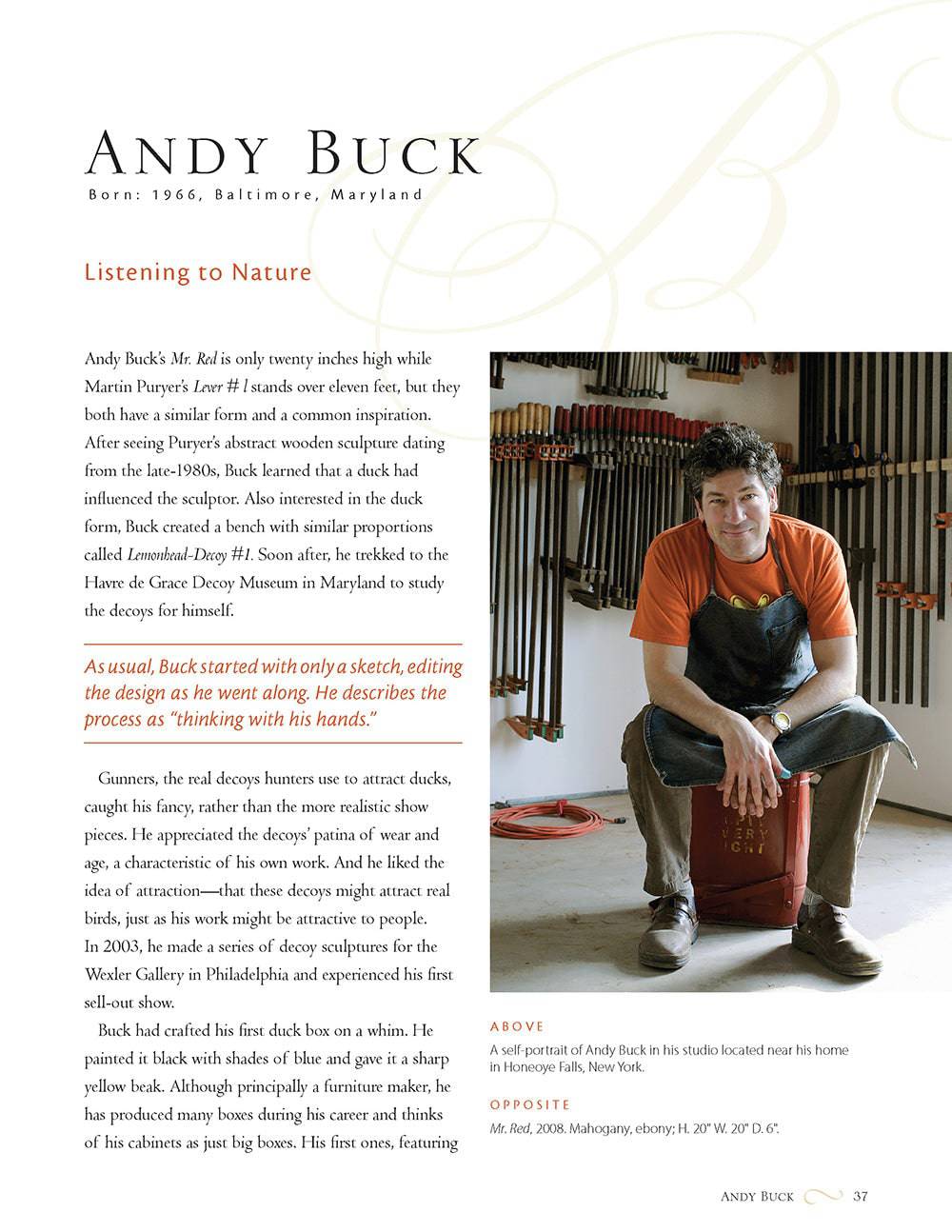 Media gallery
Media gallery
-
Media gallery 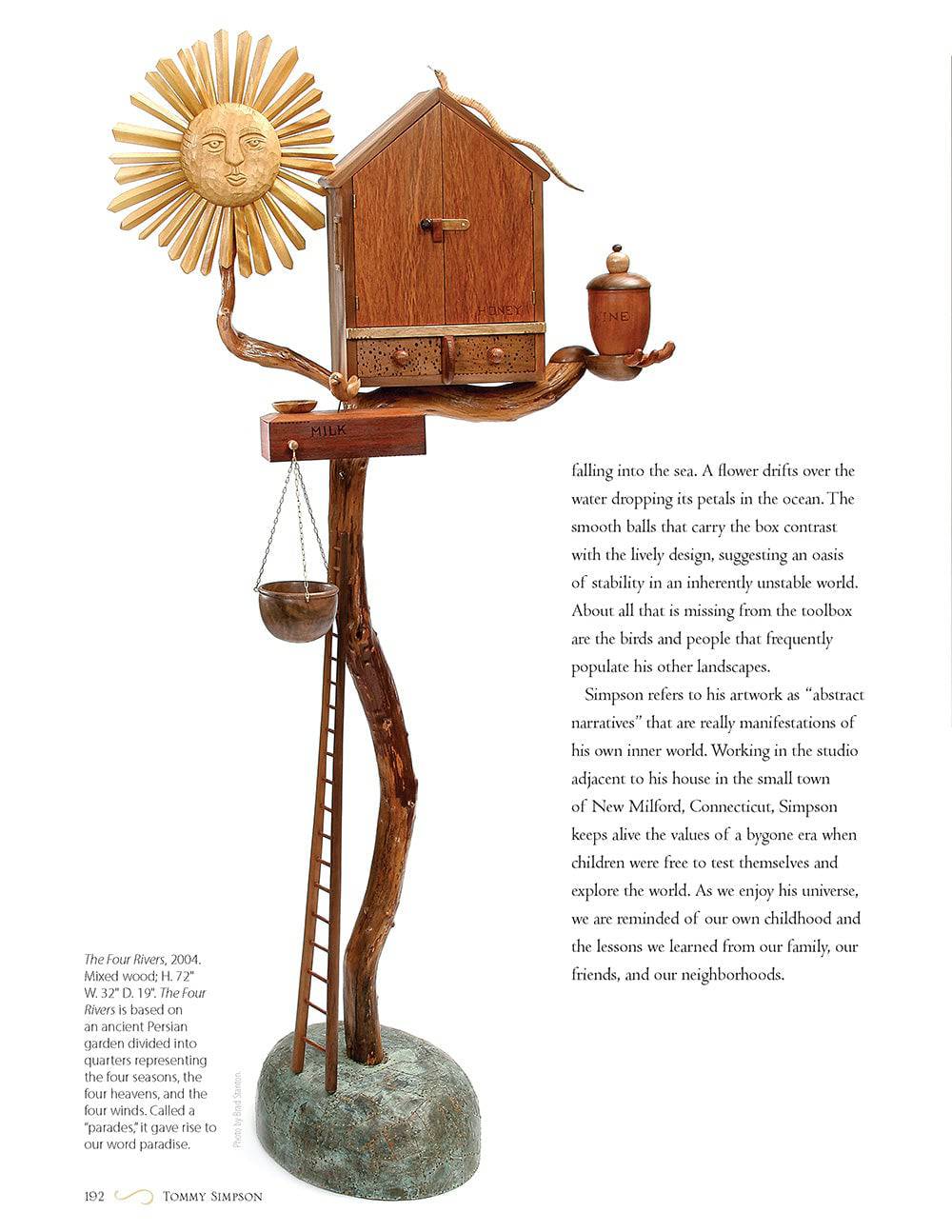 Media gallery
Media gallery
-
Media gallery 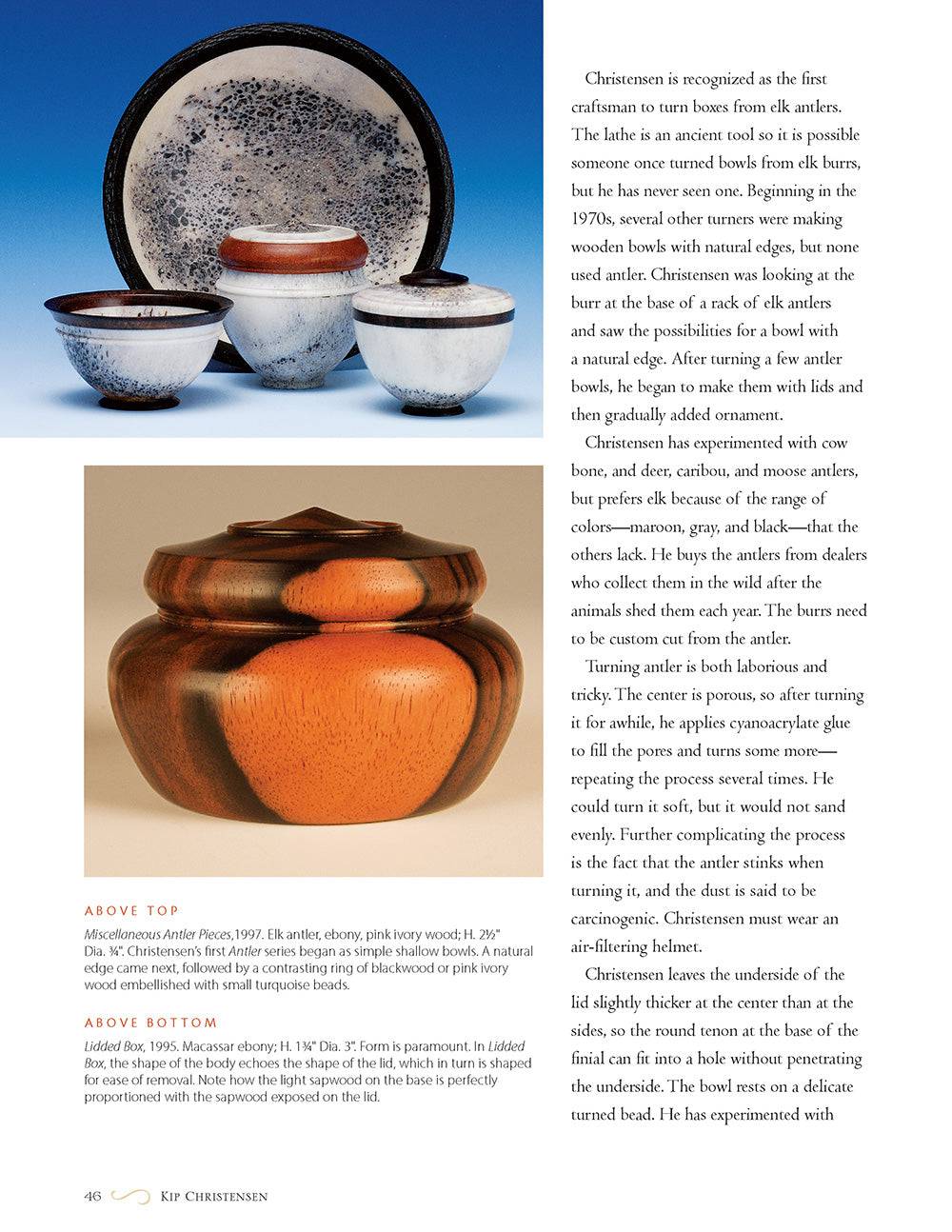 Media gallery
Media gallery
-
Media gallery 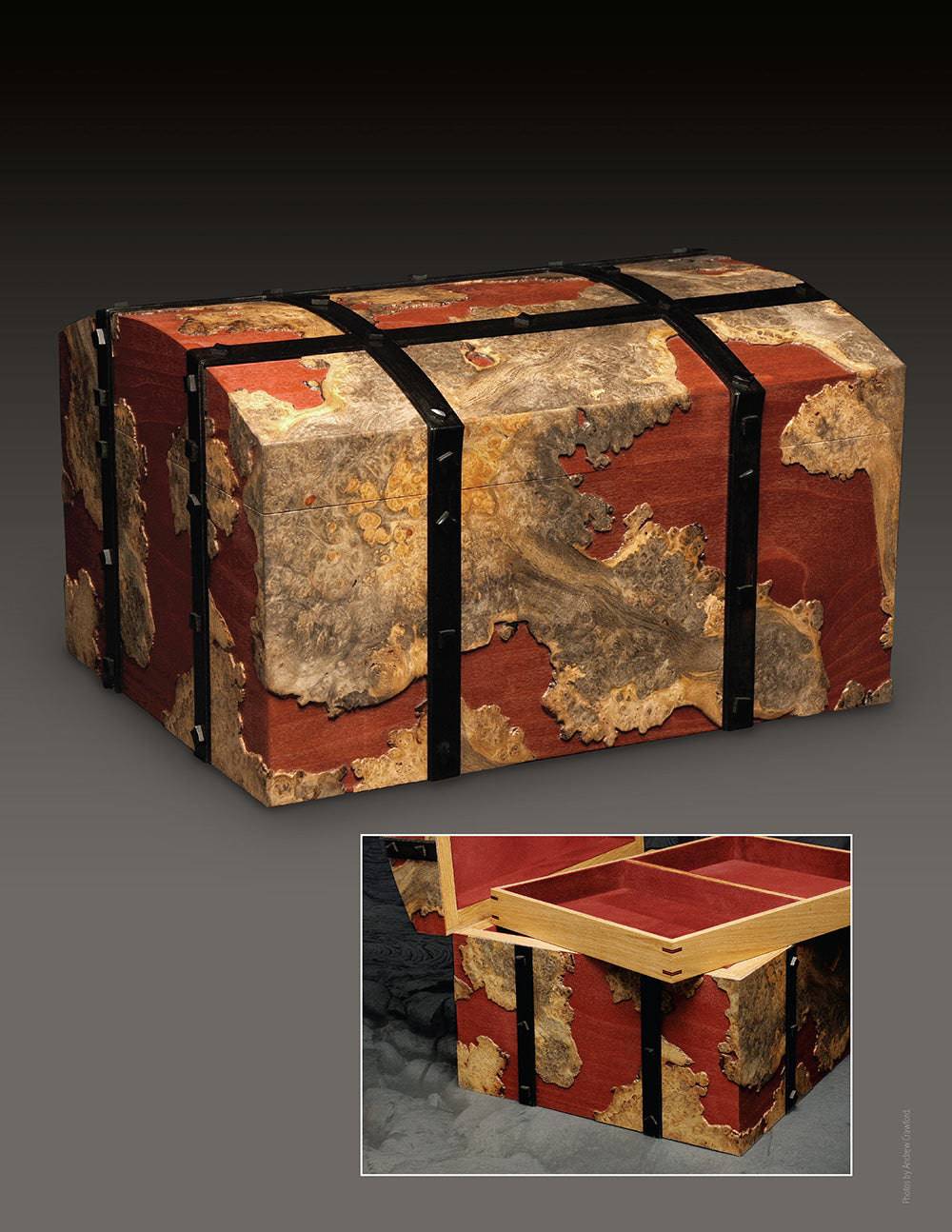 Media gallery
Media gallery
-
Media gallery 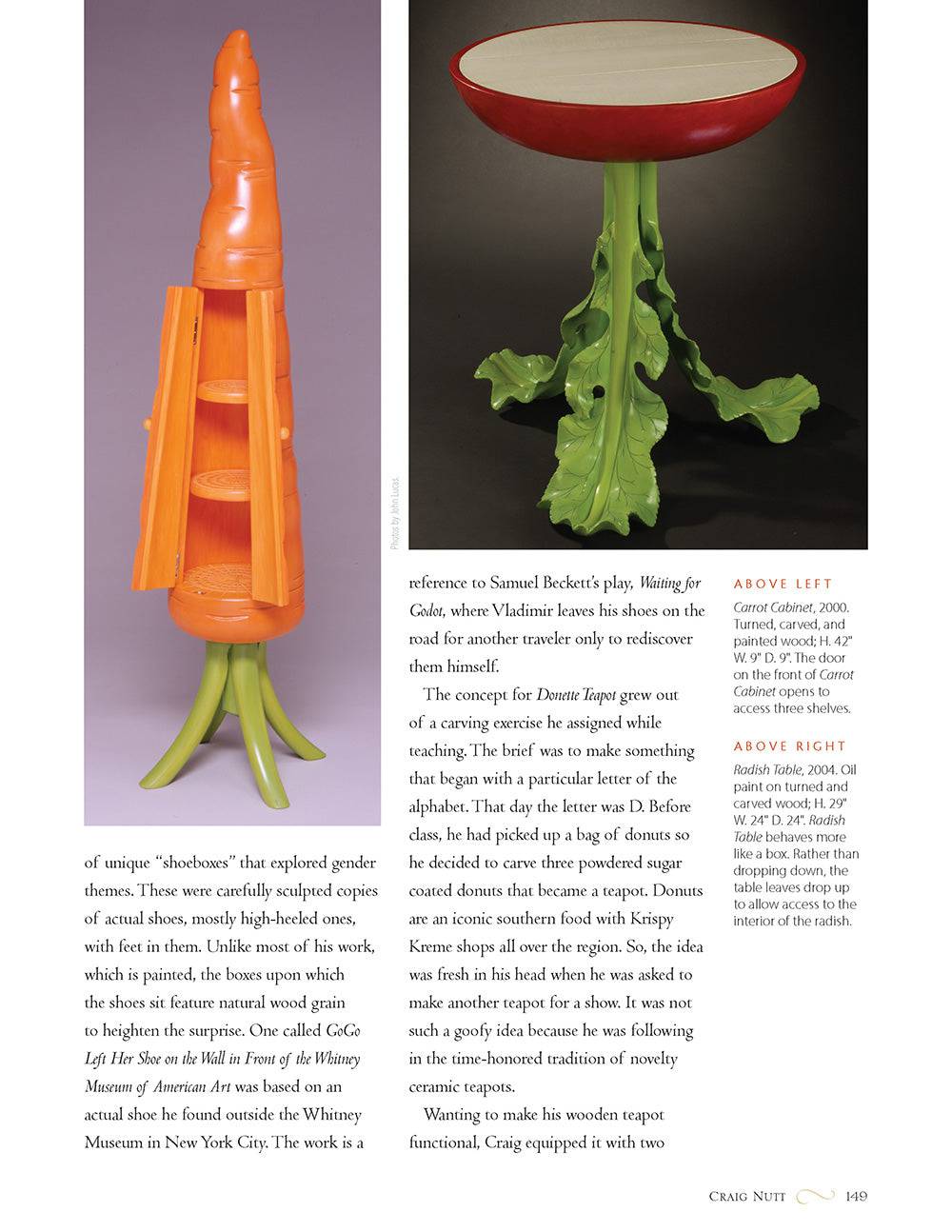 Media gallery
Media gallery
-
Media gallery 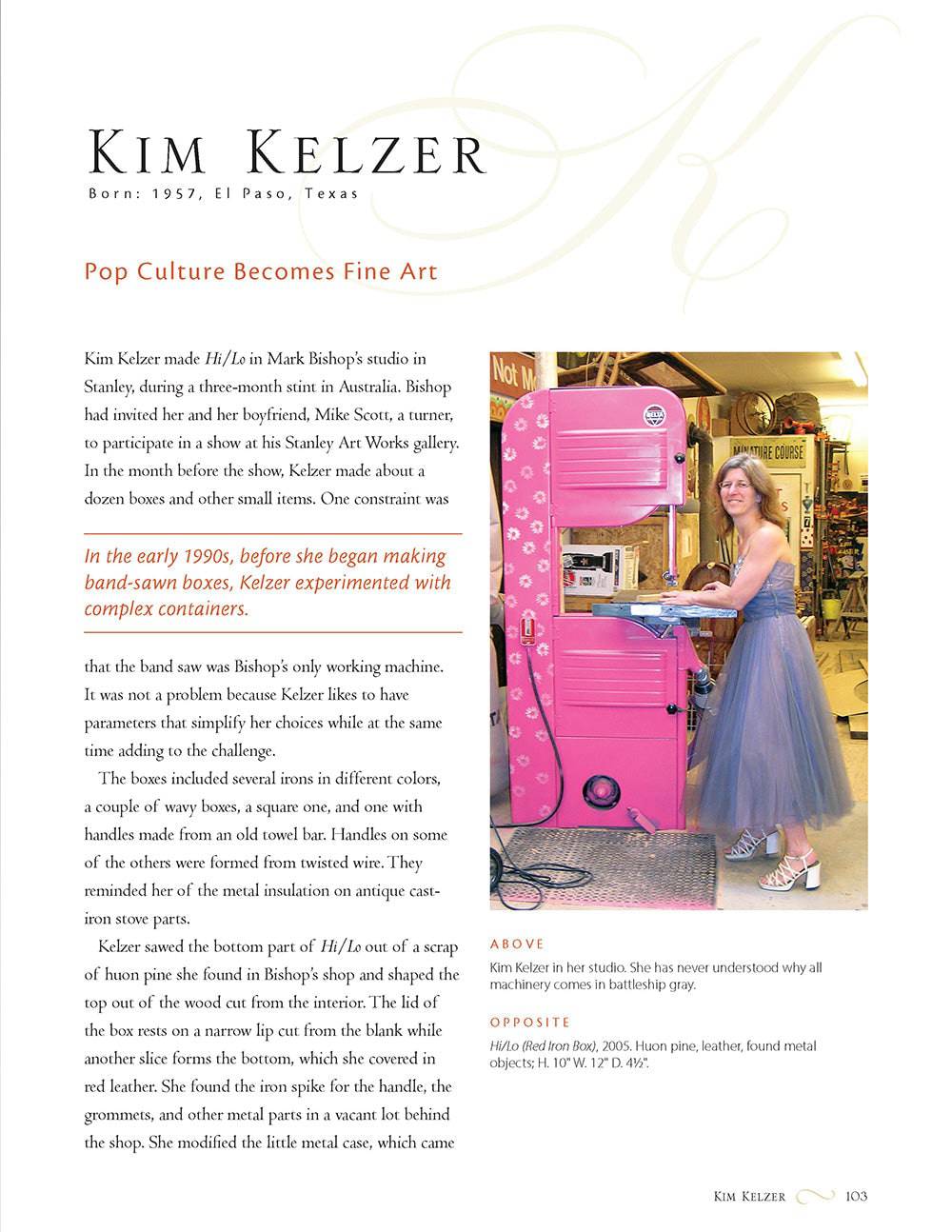 Media gallery
Media gallery
-
Media gallery 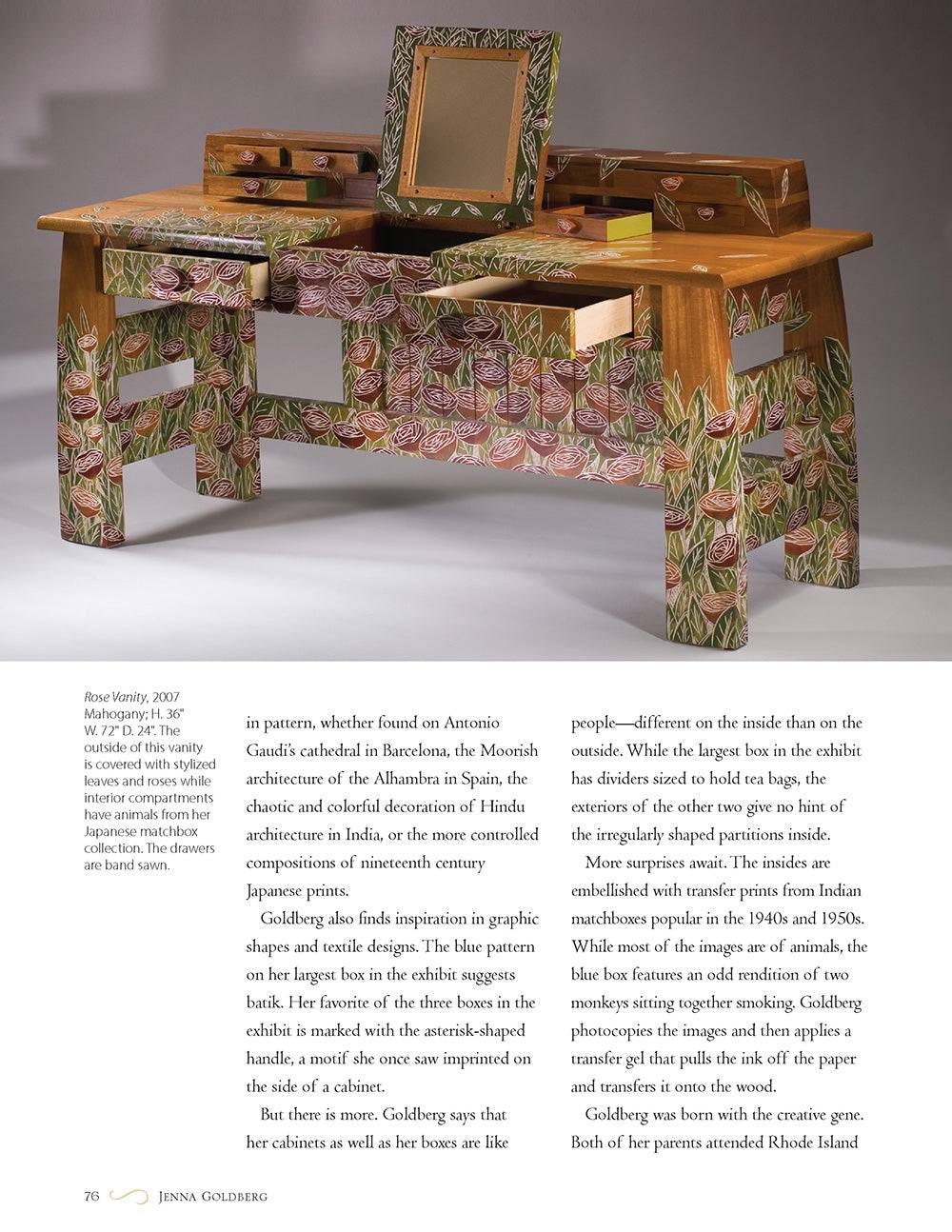 Media gallery
Media gallery
-
Media gallery 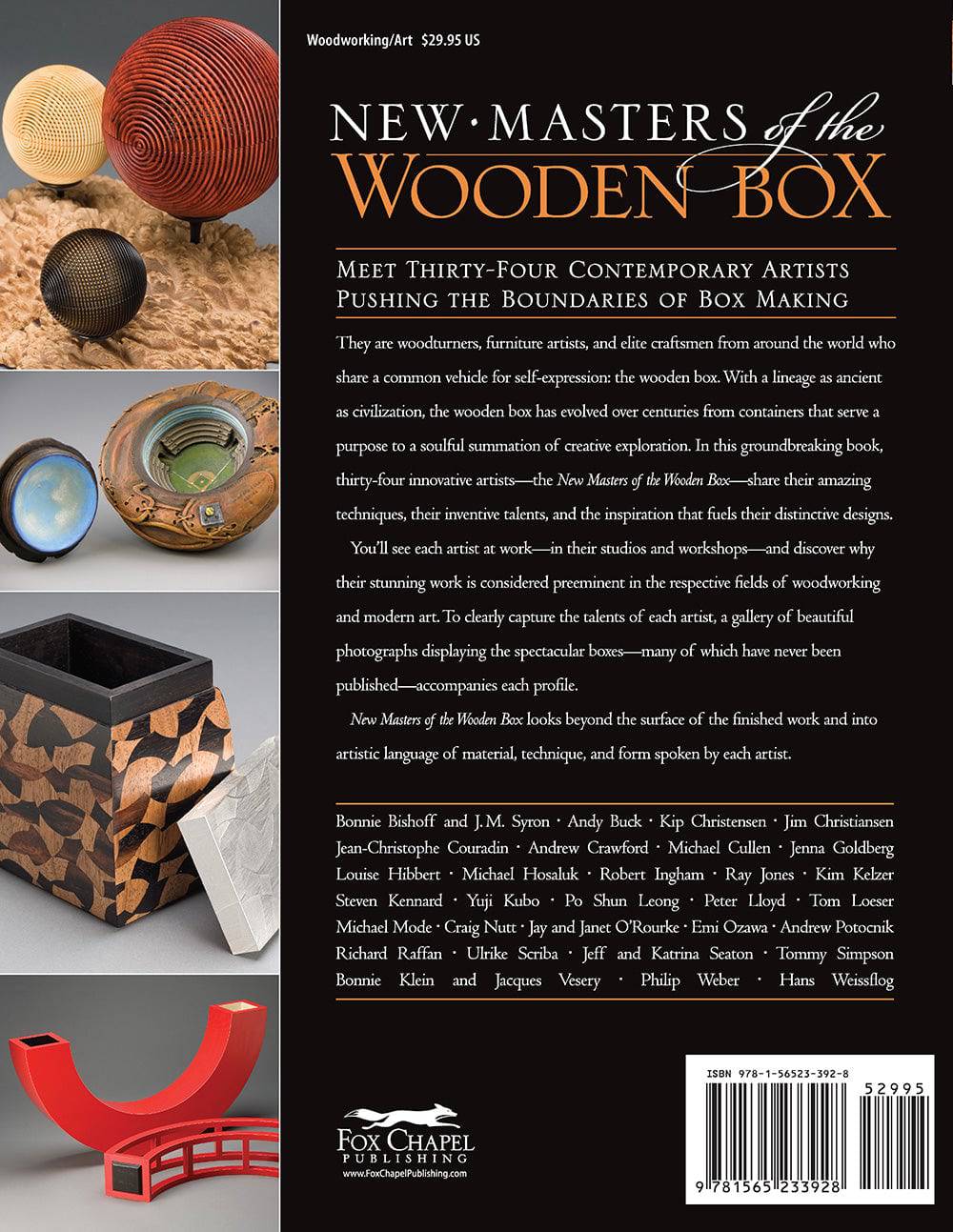 Media gallery
Media gallery
1
/
of
10
SKU
3928
New Masters of the Wooden Box
Expanding the Boundaries of Box Making- Regular price
- $34.99 USD
- Regular price
-
- Sale price
- $34.99 USD
- Unit price
- / per
Shipping calculated at checkout.
Couldn't load pickup availability
Description
Description
Features 34 contemporary masters of the wooden box. Each artist's profile includes photographs of their work and a short essay focusing on design ideas and objectives. Includes jewelry boxes, desk boxes, reliquaries, keepsake boxes and more.
Details
Details
| Pages | 216 |
|---|---|
| Publish Date | 2009-10-01 |
| Series | |
| Size | 8.5" x 11.0" x 0.519" |
| Author | Oscar P. Fitzgerald |
Reviews
Reviews
1
1500 BC!
This book is not just about the boxes. In the first section of the book, the author walks us through our history, showing us how we used boxes, depending on the needs and beliefs of the day as well as tools and resources that were available at the time. The rest of the book is dedicated to particular artists, giving us a look at their creative works and a look behind the products and the artists themselves.
If you are interested in stretching your mind and your woodworking "out of the box" then this book is for you. Not only are the boxes themselves inspiring but the information provided is also filled with tidbits of ideas. Some of the work will make you go, "Huh? How did they do that?" And some will get you saying, "Huh? How did they come up with that idea?" And some will just have you saying, "Huh?" Regardless of your initial response you will definitely be intrigued and inspired, and perhaps you will find yourself heading out to the shop in search of that enlightenment to create a box that is outside the box!
1 review total
If you've ever thought, "If you've seen one box, you've seen them all", then think again!
This book takes boxes to a whole new level. On one hand you have some extraordinary pieces of art in for the form of boxes (and more) and on the other hand it begins by taking you on a journey of man's evolution and the search for enlightenment.
It is said that what makes us human is the ability to envision the possibilities. The craftsmen behind the boxes in this book have indeed envisioned and created "out of the box" possibilities. Now don't think that it is just our modern man who has developed the artist flare for creating non
1
1500 BC!
This book is not just about the boxes. In the first section of the book, the author walks us through our history, showing us how we used boxes, depending on the needs and beliefs of the day as well as tools and resources that were available at the time. The rest of the book is dedicated to particular artists, giving us a look at their creative works and a look behind the products and the artists themselves.
If you are interested in stretching your mind and your woodworking "out of the box" then this book is for you. Not only are the boxes themselves inspiring but the information provided is also filled with tidbits of ideas. Some of the work will make you go, "Huh? How did they do that?" And some will get you saying, "Huh? How did they come up with that idea?" And some will just have you saying, "Huh?" Regardless of your initial response you will definitely be intrigued and inspired, and perhaps you will find yourself heading out to the shop in search of that enlightenment to create a box that is outside the box!
1 review total
If you've ever thought, "If you've seen one box, you've seen them all", then think again!
This book takes boxes to a whole new level. On one hand you have some extraordinary pieces of art in for the form of boxes (and more) and on the other hand it begins by taking you on a journey of man's evolution and the search for enlightenment.
It is said that what makes us human is the ability to envision the possibilities. The craftsmen behind the boxes in this book have indeed envisioned and created "out of the box" possibilities. Now don't think that it is just our modern man who has developed the artist flare for creating non
1
1500 BC!
This book is not just about the boxes. In the first section of the book, the author walks us through our history, showing us how we used boxes, depending on the needs and beliefs of the day as well as tools and resources that were available at the time. The rest of the book is dedicated to particular artists, giving us a look at their creative works and a look behind the products and the artists themselves.
If you are interested in stretching your mind and your woodworking "out of the box" then this book is for you. Not only are the boxes themselves inspiring but the information provided is also filled with tidbits of ideas. Some of the work will make you go, "Huh? How did they do that?" And some will get you saying, "Huh? How did they come up with that idea?" And some will just have you saying, "Huh?" Regardless of your initial response you will definitely be intrigued and inspired, and perhaps you will find yourself heading out to the shop in search of that enlightenment to create a box that is outside the box!
1 review total
If you've ever thought, "If you've seen one box, you've seen them all", then think again!
This book takes boxes to a whole new level. On one hand you have some extraordinary pieces of art in for the form of boxes (and more) and on the other hand it begins by taking you on a journey of man's evolution and the search for enlightenment.
It is said that what makes us human is the ability to envision the possibilities. The craftsmen behind the boxes in this book have indeed envisioned and created "out of the box" possibilities. Now don't think that it is just our modern man who has developed the artist flare for creating non
1
1500 BC!
This book is not just about the boxes. In the first section of the book, the author walks us through our history, showing us how we used boxes, depending on the needs and beliefs of the day as well as tools and resources that were available at the time. The rest of the book is dedicated to particular artists, giving us a look at their creative works and a look behind the products and the artists themselves.
If you are interested in stretching your mind and your woodworking "out of the box" then this book is for you. Not only are the boxes themselves inspiring but the information provided is also filled with tidbits of ideas. Some of the work will make you go, "Huh? How did they do that?" And some will get you saying, "Huh? How did they come up with that idea?" And some will just have you saying, "Huh?" Regardless of your initial response you will definitely be intrigued and inspired, and perhaps you will find yourself heading out to the shop in search of that enlightenment to create a box that is outside the box!
1 review total
If you've ever thought, "If you've seen one box, you've seen them all", then think again!
This book takes boxes to a whole new level. On one hand you have some extraordinary pieces of art in for the form of boxes (and more) and on the other hand it begins by taking you on a journey of man's evolution and the search for enlightenment.
It is said that what makes us human is the ability to envision the possibilities. The craftsmen behind the boxes in this book have indeed envisioned and created "out of the box" possibilities. Now don't think that it is just our modern man who has developed the artist flare for creating non
l
like boxes made from Australian jara and Canadian maple (above, left). They are more works of art than containers.
In fact, most of the boxes in this book are on the fanciful/artistic side of things, as opposed to the practical/craftsman side. But these artsy boxes are introductions to other stunning works, such as Hosaluk's Yellow Cactus Chair and Scribble, a maple bowl decorated with acrylic paint. These both show a level of creativity and construction beyond usual project plans.
And why not travel to the outer reaches of woodworking? There's probably some inspiration out there that you can bring back.
Now, don't get hung up on the traditional image of a box: you know, five sides and a lid. The 34 craftsmen and women featured in New Masters of the Wooden Box sure aren't limited to a "boxy" box. Take Saskatchewan native Michael Hosaluk's shrimp
h
have for woodworkers and art lovers alike.
Pandora couldn't resist opening a box, and readers won't be able to fight the temptation to turn the pages of New Masters of the Wooden Box (Fox Chapel Publishing, available October 2009). Inside they'll find 34 innovative artists who are crafting remarkable boxes that throw function to the wind, and beg to be admired, touched, marvelled upon and ultimately, opened. The box has an age
e
expression."
These boxes are artworks, depicting everything from coffers and credenzas to a 20" seesaw box, where removing a lid sets the sculpture in motion. Some are dynamic, with mechanisms for locomotion to open, while many have concealed compartments or celebrate the beauty of multiple wood species.
The book goes into the history of the maker as well as the product, along with its meaning to the artist and a collected sampling of his works. For example, Andy Buck describes "thinking with his hands," Kip Kristensen discusses how to come up with ideas, and Ray Jones tells how problem solving and engineering a box design leads to more and more designs evolving one from another.
Many of these art boxes are turned or carved, with added materials of gems, glass or wire. Many of them celebrate pure wood grain, letting the forms serve as a canvas for nature's spectacle. Jeff and Katrina Seaton accomplished art with three unadorned, bandsawn, nesting eliptical boxes cut from a single block of rosewood. The accomplishment is as remarkable as the finished products.
Thirty master craftsmen are represented here, with excellent photography and insightful text. This is a 'meaty' book, meant to be read thoroughly. The range of creativity included is stunning. Highly recommended.
Peter Korn's forward to this book says, "Boxes have a pedigree as ancient as civilization itself...The boxes in this book are not defined by intended use...Where earlier boxes were made to serve, these are made as vehicles of self
u
ups. Painstakingly crafted, they embody an element of whimsy.
Hans Wiessflog's visits to Australia have left an indelible impression on the local woodturning community. The examples
of his work shown in this book include, of course, his famous ball boxes and aptly demonstrate his oft quoted theme: Small and Fine.
There seems to be nothing in the background of Po Shun Leong that might explain the origins of his extraordinary
boxes. Born in Northampton, England in 1941, he graduated from a Quaker high school before studying architecture. He
worked in this profession in Mexico for 16 years then moved to the US in 1981, having also become an accomplished furniture maker. It was only when he settled in California that he began to make boxes. Sometimes constructed from a dozen or more species of wood cut into perhaps hundreds of shapes and sizes, they often have multiple compartments. The overall result is spectacular, the oddly discordant components always adding up to a visually and emotionally satisfying whole.
These are some of the other artists whose work is displayed and discussed: Bonnie Bishoff & JM Syron, Andy Buck, Kip Christensen, Michael Cullen, Jenna Goldberg, Michael Hosaluk, Kim Keizer, Yuji Kubo, Steven Kennard, Michael
Mode, Andrew Potocnik, Richard Raffan, Jeff & Katrina Seaton, Bonnie Klein & Jacques Vesaery and Philip Weber.
This is an inspiring book that is sure to appeal, not only to those who either make or wish to make boxes, but also to anyone who enjoys seeing and learning about the very finest work of the world's great wood artists.
Some of the 30 box
o
one additional artists from around the world show their talents in this beautifully illustrated portfolio.
Boxes may contain almost anything and are usually made to do so .or not as this magnificent collection illustrates. The imagination is a wonderful thing.
The simple wooden box has been an attraction and a challenge for many woodworkers and this Fox Chapel book is a collection of some of the more imaginative box designs, it's a fun read.
This is a great book that takes the simple cube of a box to newly explored heights. The author and two jurors have compiled a collection of wooden containers from 34 innovative artists that may blow your mind. Pandora might have used some of these designs.
First is the premise that a box need not be a cube or square. Emi Ozawa turns a wheel like object into an artful container. Robert Ingham turns laminates into a contemporary piece of art. Louise Hibbert makes a purse from English sycamore. Thirty
b
box work as well) and text by Fitzgerald that aims to give insight into their work practices.
This book follows on from New Masters of Woodturning (reviewed AWR#60) in layout and theme but with a different author. Fitzgerald presents 34 wood artists (including AWR contributors Richard Raffan and Andrew Potocnik) who use joinery, turning and carving techniques to make boxes and other objects. Styles are diverse, from sculptural and free
i
it's a great find all on its own.
Tom McKenna's post last week about the box exhibit at the Messler gallery in Maine made me wish I could dart up the coast for a visit. I won't get that chance anytime soon and, truth be told, Rockport is a little bit out of the way for most folks.
If, like me, you found yourself wanting to see more of the boxes, but with no chance to visit Maine anytime soon, don't worry. As one commenter to Tom's post pointed out, there's a new book based on the pieces in the exhibition and the artists who created them.
New Masters of the Wooden Box is very thoughtfully done. Author and furniture historian Oscar P. Fitzgerald devotes a half dozen pages or so to each artist, offering a thorough and lively discussion of their backgrounds, inspirations and techniques. Each is illustrated with beautifully lit and detailed photos of the artist's work.
It's not just the next best thing to the exhibit
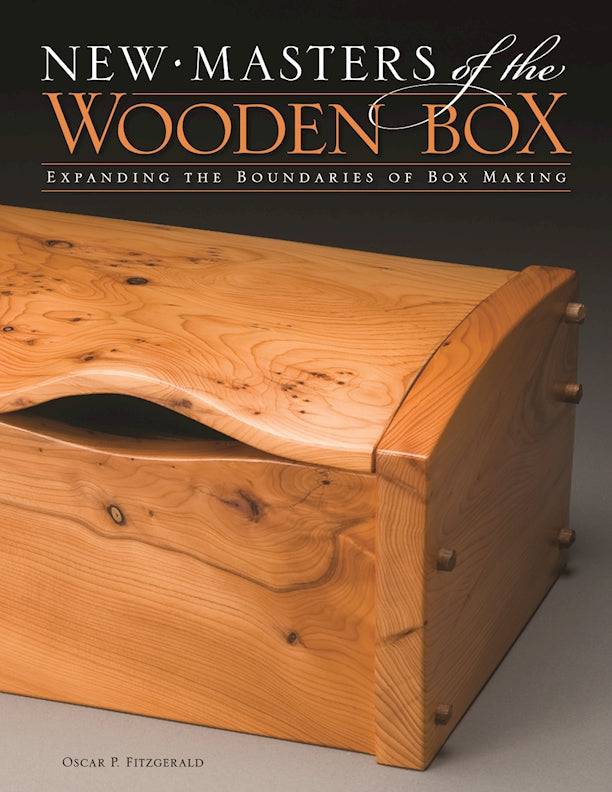
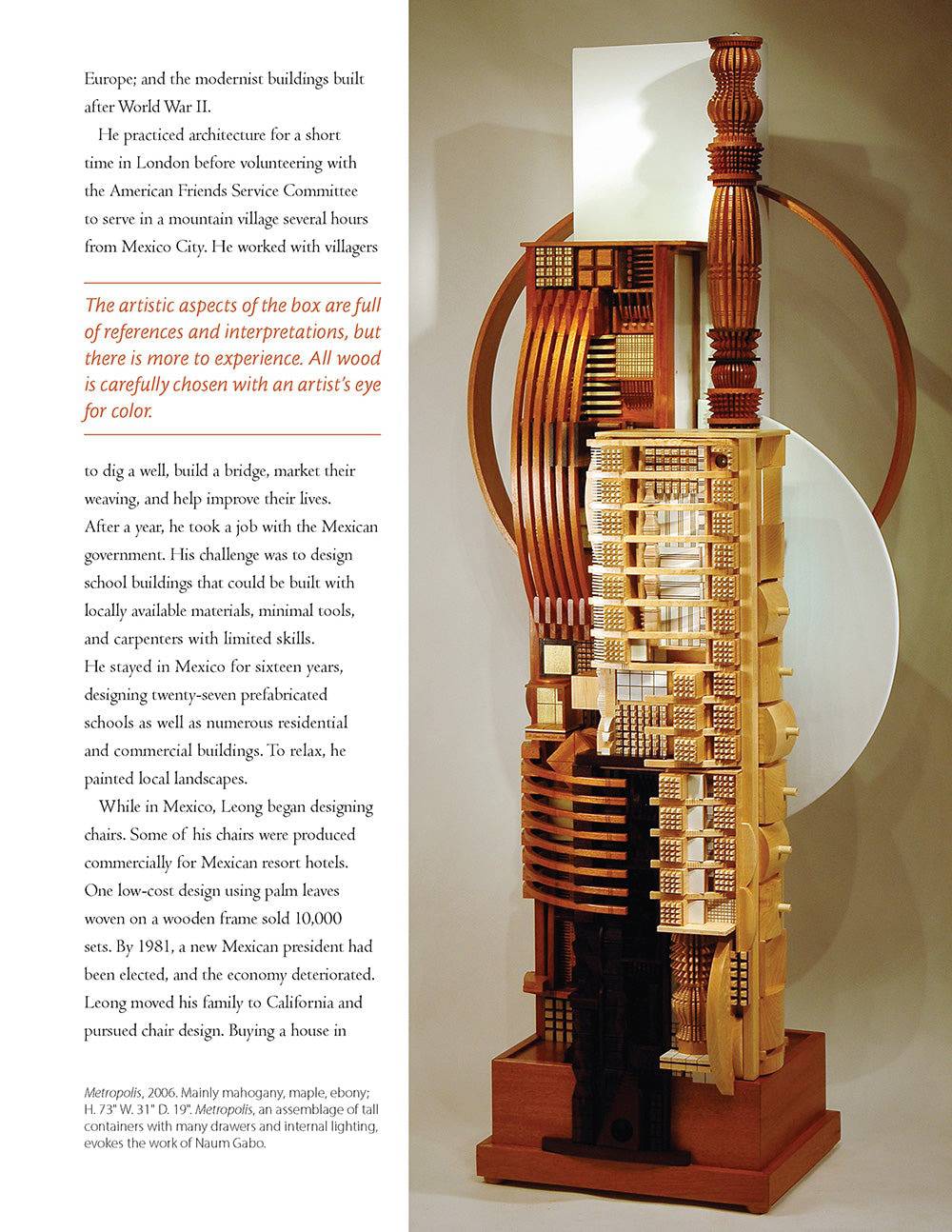
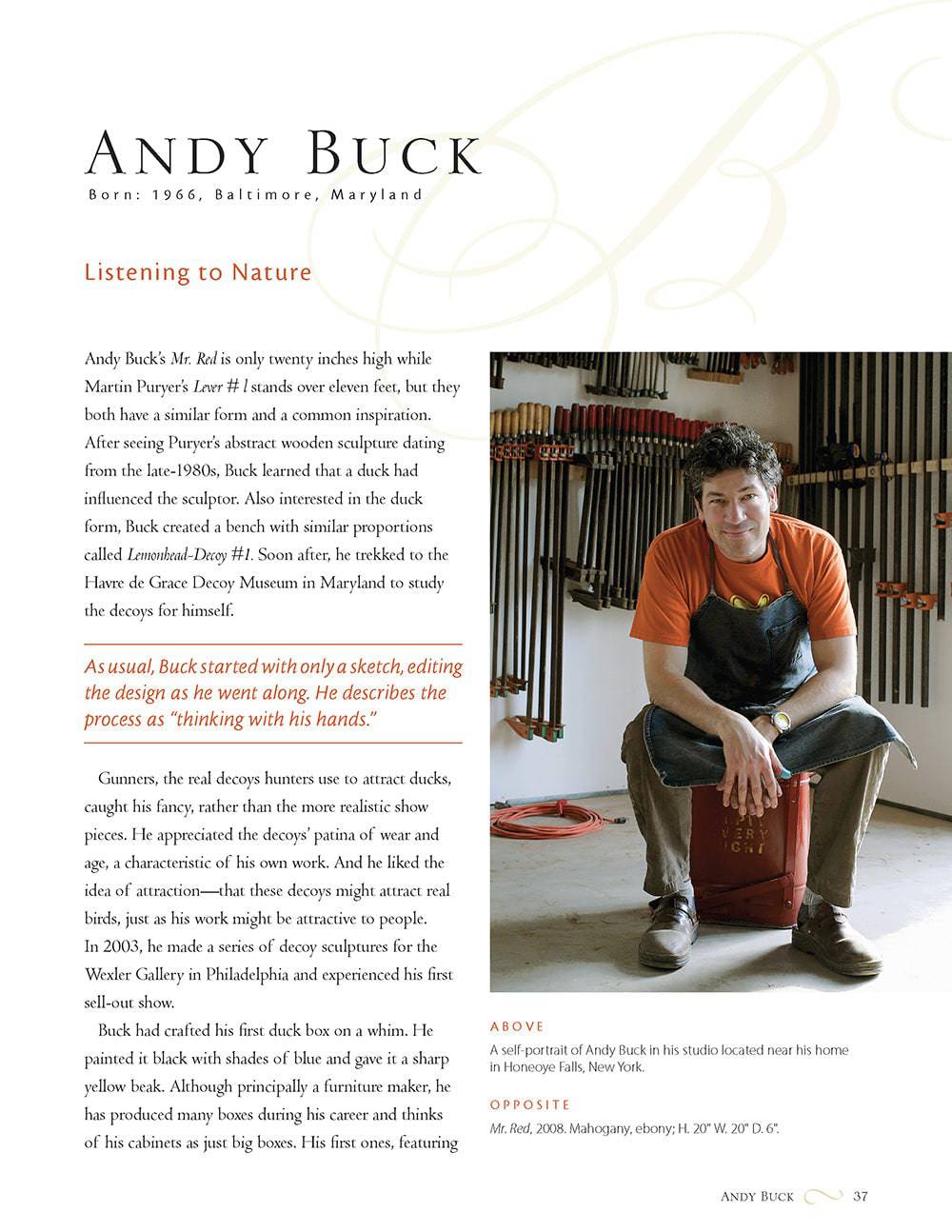
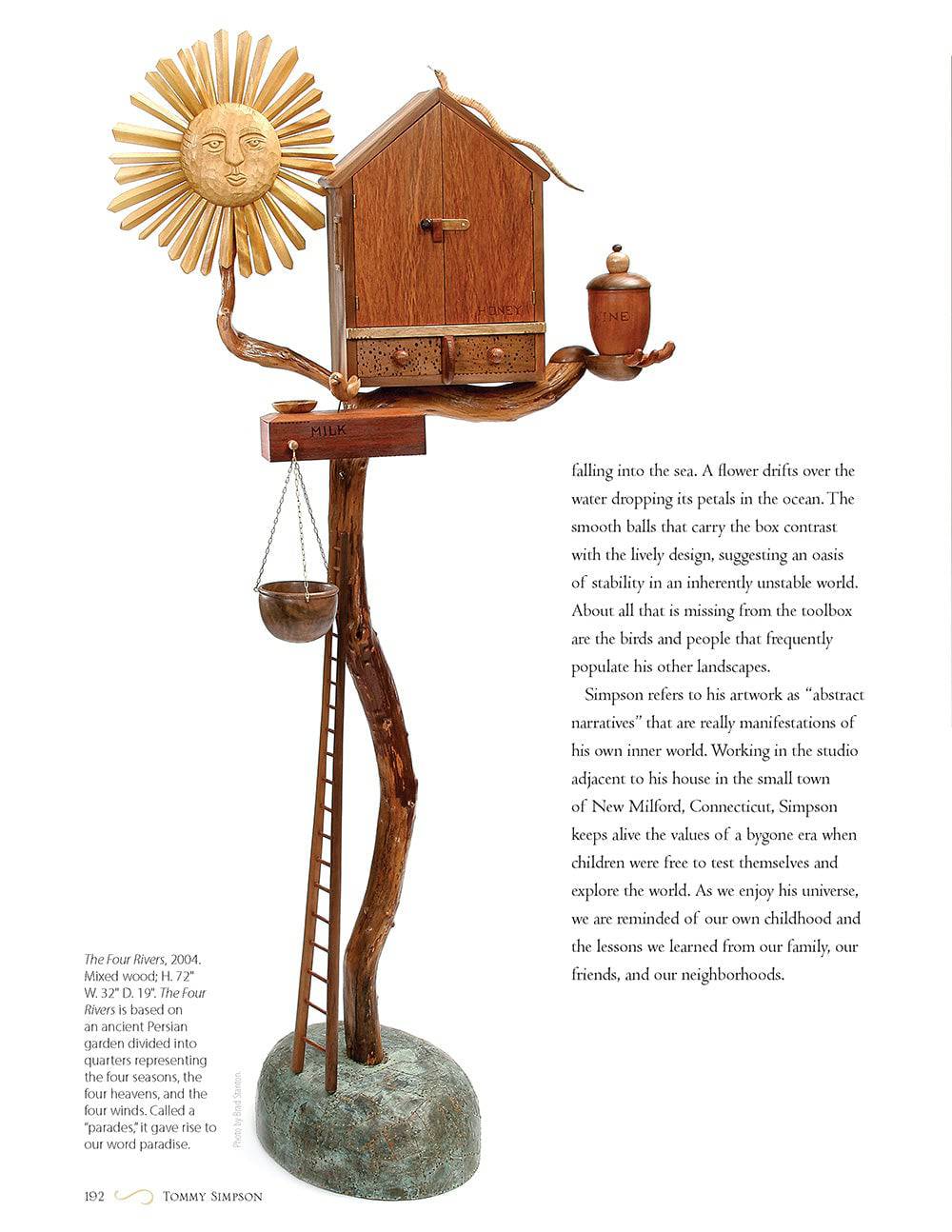
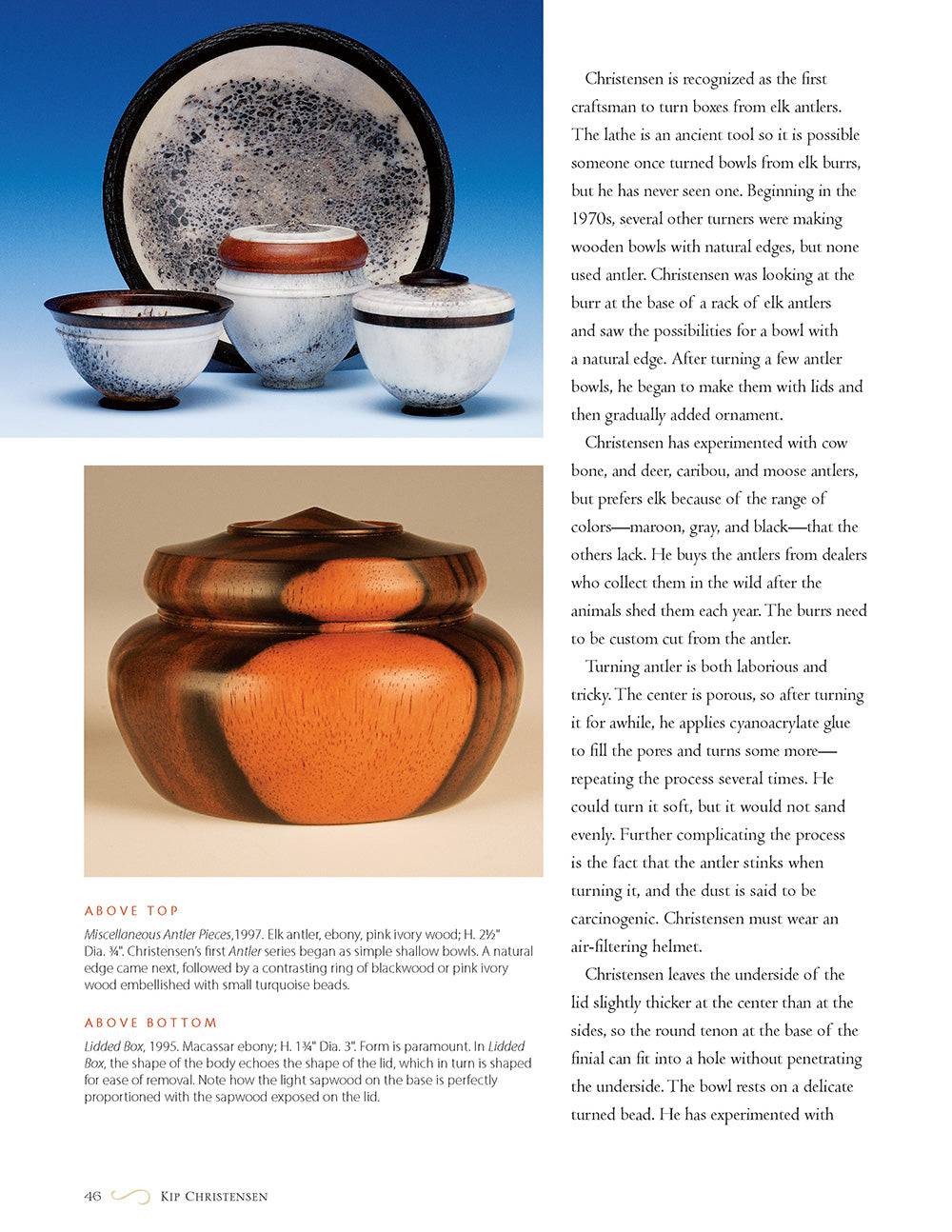
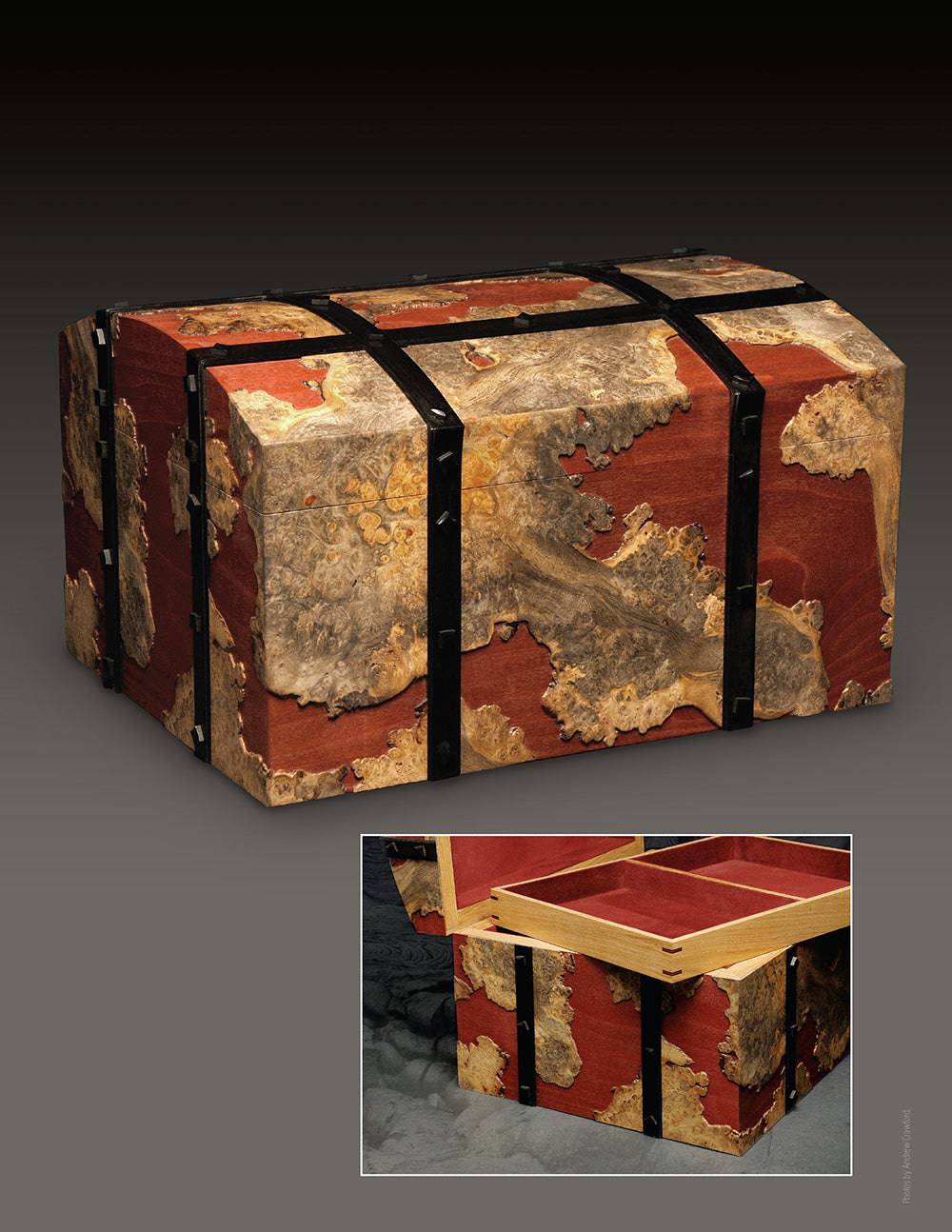
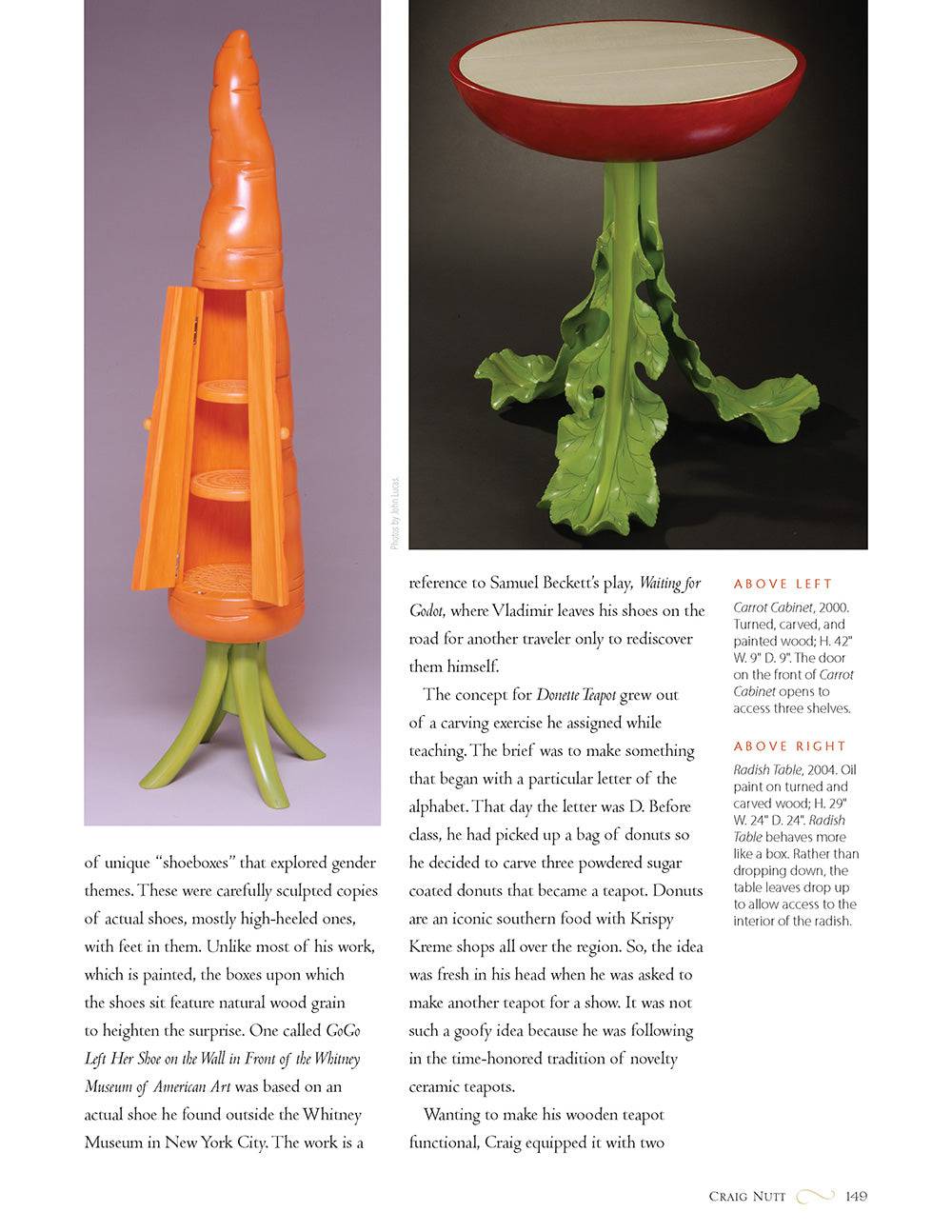

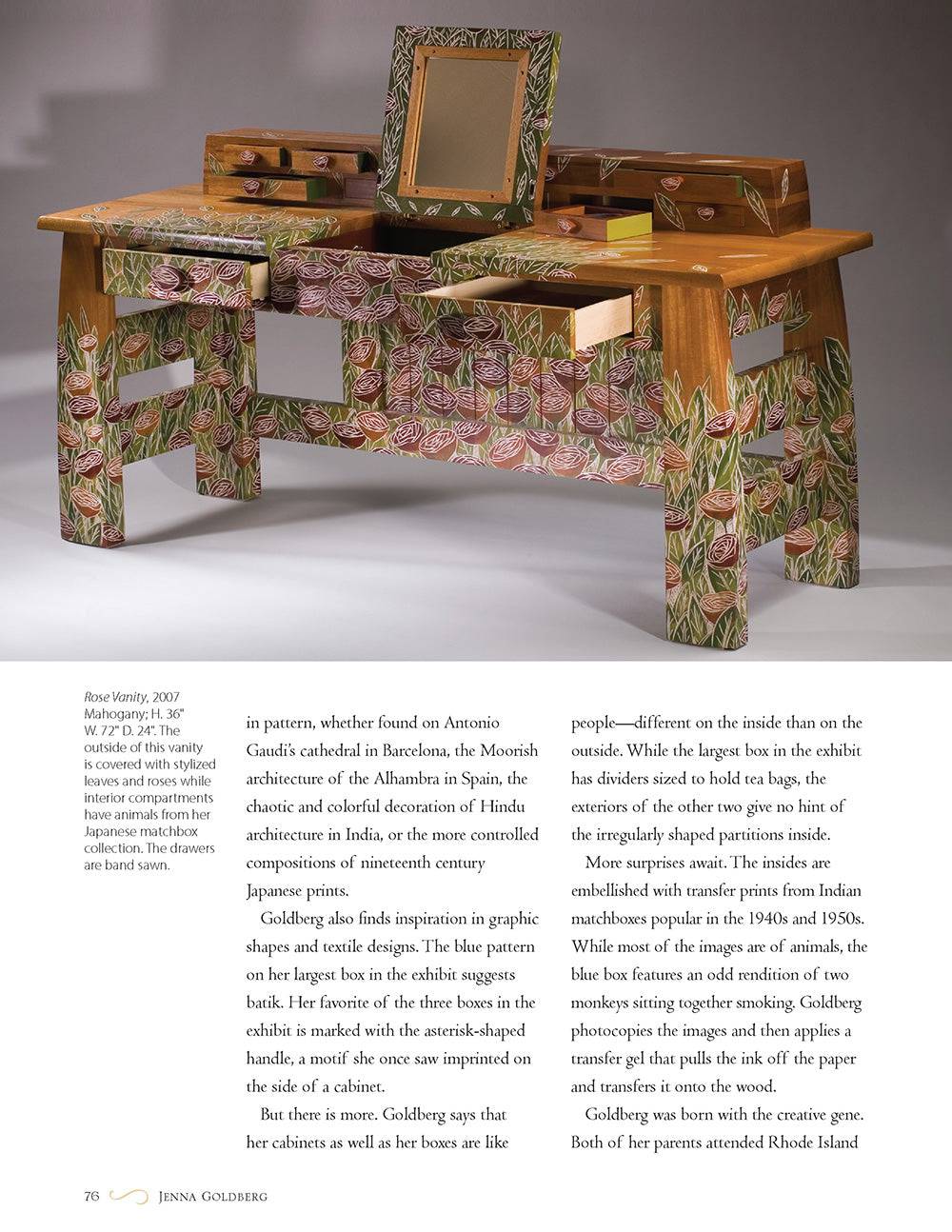
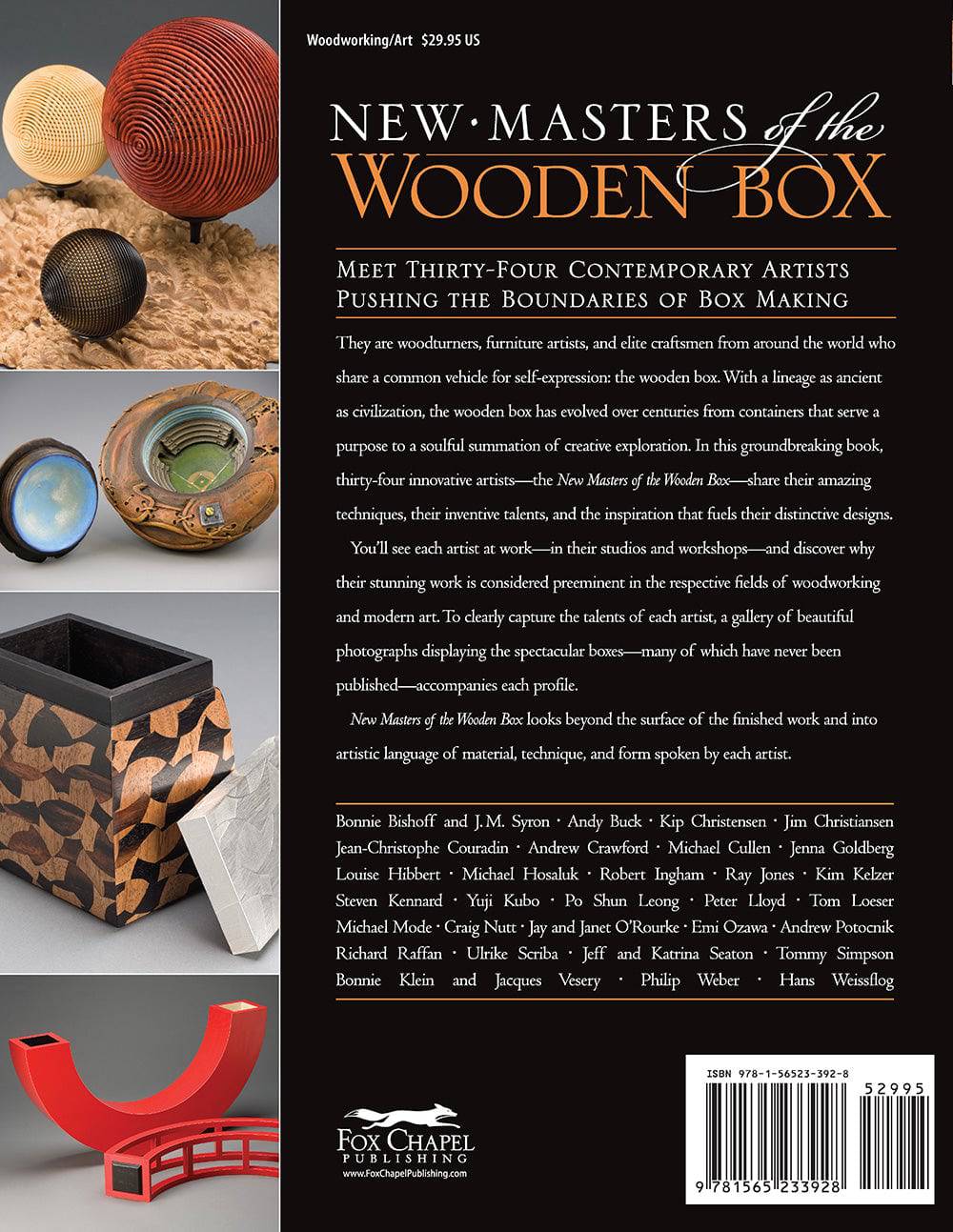
Notified by email when this product becomes available
PREVIEW
About the Author
Oscar P. Fitzgerald, Ph.D., earned his M.A. and Ph.D. in history from Georgetown University and served as director of the Navy Museum in Washington, D.C., until he decided to pursue full time his passion as a furniture historian and decorative arts consultant. He is a member of the faculty of the Smithsonian Institution/Corcoran School Master's Program in the Decorative Arts, where he developed and teaches a core course on the studio furniture movement. His book Four Centuries of American Furniture is the standard reference work in the field. Fitzgerald's 2008 book, Studio Furniture of the Renwick Gallery, chronicles the development and expansion studio furniture movement in the United States through the Renwick Gallery's collection. In 2004, he was awarded a prestigious James Renwick Research Fellowship, which funded research for an essay published in the 2005 issue of Furniture Studio
You May Also Like
Be in the Know
Learn about the newest releases, online promotions, special events and more!
- Choosing a selection results in a full page refresh.










